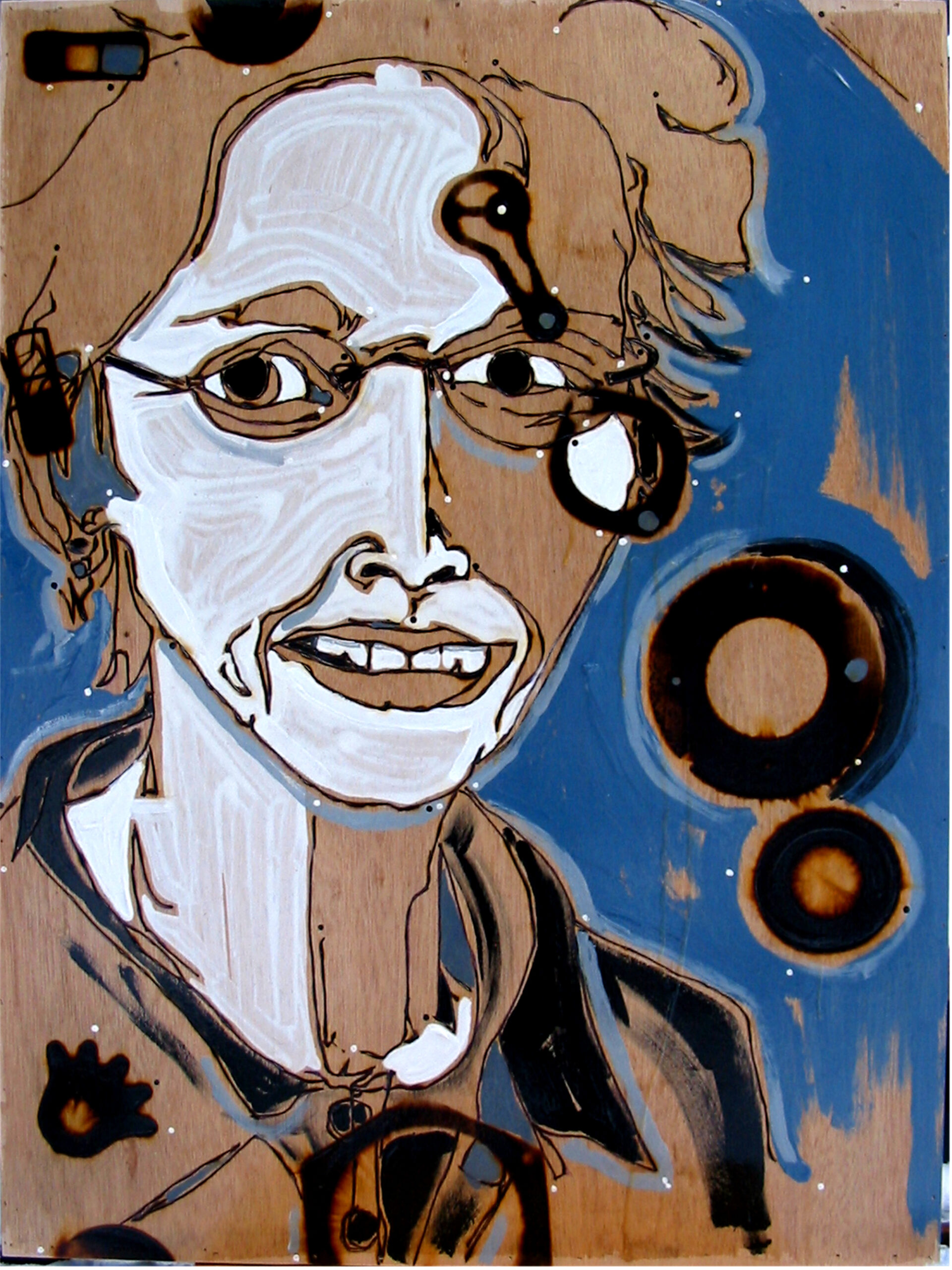PAST EXHIBITS
Found 162 Results
Page 11 of 17

Kootenay School of the Arts at Selkirk College Graduation Show
This exhibit features the work of graduating students from the Kootenay School of the Arts at Selkirk College. Student work from each of the four studios: Clay, Fibre, Jewellery & Small Object Design and Metal will be displayed. KSA’s programs place emphasis on the skills necessary to become a successful and professional arts practitioner. Hands-on studio work combined with the study of design, drawing, history, and professional practices leads to an in-depth understanding and refined ability to apply the essential elements for success in the industry.
View
Forest for the Trees
Forest for the Trees brings together four local artists whose work explores the interplay between nature and culture. Through photography, sculpture, painting and installation, the artists reveal the tensions and connections between society and the natural world. Artists Ian Johnston, Tanya Pixie Johnson, Barbara Maye and Nadine Stefan present diverse approaches, with references to science, history, spirituality and First Nations culture. By reflecting on our relationship with the natural world, perhaps we can come to a deeper understanding of our own place within it.
View
The History of Radio in Nelson
In its earliest days, radio had an almost magical quality, with its ability to draw voices seemingly out of thin air into small black boxes. As its name suggests, this exhibit looks at the history of radio in Nelson, with a focus on the earlier years of broadcasting when the medium was at its most popular. Selected artifacts from the Touchstones Nelson permanent collection will be featured, as well as amateur, or “ham” radio, (which continues to be a viable communication option for backcountry enthusiasts and others in our region), and a timeline of selected radio highlights from the early 20th century up to the present day.
View
Jan Kabatoff: Ice Flows and Sound Retreats
Jan Kabatoff has a fascination with ice. Not the household variety, but glacial ice, and more specifically its relationship to global warming. Kabatoff has travelled to glaciers on seven continents from Argentina to Nunavut documenting and recording the movement and morphing of glacial ice. The result, Ice Flows is a multi-media installation focusing on the ephemeral nature of ice.
According to Kabatoff, “science tells us that with a few exceptions, glaciers worldwide are receding at an alarming rate, due to their sensitivity to temperature fluctuations. Like the canary in the gold mine, they are speaking the loudest about the effects of climate change.
View
Arin Fay: Writing Women Talk
Arin Faye’s new series of paintings features portraits of women authors from the Kootenays. Faye utilizes a unique combination of painting and pyrography (lines burnt in wood) to create playful, semi-abstract compositions. Through this project, Faye aims to expose and promote the artistic wealth in the region, and to counteract the historical marginalization of women writers within the canon of literature. She is also interested in raising awareness of the social and cultural issues that influence artistic enterprise, feminist and otherwise, and to take the time to recognize the value inherent is such an effort.
View
Two Views
Two Views: Photographs by Ansel Adams and Leonard Frank examines the forced incarceration of citizens of Japanese descent who were living in the western coastal regions. Ansel Adams’s photographs reveal the harsh daily life and resilience of the 10,000 Japanese Americans incarcerated at the Manzanar War Relocation Center, while Leonard Frank’s images capture the movement of Japanese Canadians through British Columbia’s bureaucratic systems. Two Views is a traveling exhibition organized by the Nikkei National Museum
View
CHANGE
Did you know that on April 2, 2007, Leaf Rapids, Manitoba (population approximately 600) became the first community in Canada to ban plastic bags in retail stores? From bike sharing to eating locally, this exhibit will feature efforts like this that are immediate and accessible. Although seemingly small in relation to the scale of the problem, individual and
View
Night or Day: Day Clothes vs. Evening Wear
Do clothes make (or break) the person? This exhibit features men’s, women’s and children’s garments from the Touchstones Nelson permanent collection. The design, functionality, and manufacturing of clothing will be examined in relation to gender roles, labor requirements, social classes, and cultural values from the turn of the twentieth century until the late 1960s.
Focusing on the differences between clothing worn during the day and the evening, this exhibit will explore how changes in past fashions have affected the development of designs and consumption of clothes today
View
Heartlab: Re-surface
Drawing on work originally created in direct response to the local geography/ecosystem of Calgary and area, Re-surface will be a 3-Dimensional participatory drawing/diorama that will playfully represent the essence of words as sound and image as space by drawing upon the beauty of the Kootenay valley.
Heart Lab is a collaborative effort fusing the talents and vision of two artists – Anita Levesque and Bradley Smith. Combining text and visual imagery, the couple explore the dynamics between two distinct forms of communication, sometimes bridging the gap of both worlds, and in other instances creating a tension between the two. Heart Lab places an emphasis on process and time-based projects. Utilizing various drawing materials, manual typewriter and block printing tools, the duo create multi-sensory, installation narratives reminiscent of illustrated story book
View
Masters of BC Art: Selected Works from the Collection of Hans Wilking
Hans Wilking, owner of the Ymir Hotel, has been a collector of art for many years, and has a personal connection not only to the work, but often to the artists themselves. This exhibition will feature highlights of his collection, including a number of works by such well known artists as E. J. Hughes, Simon Charlie and Norval Morrisseau. This promises to be a rare opportunity to not only see original works of this calibre, but to have a glimpse inside the world of the collector himself.
View